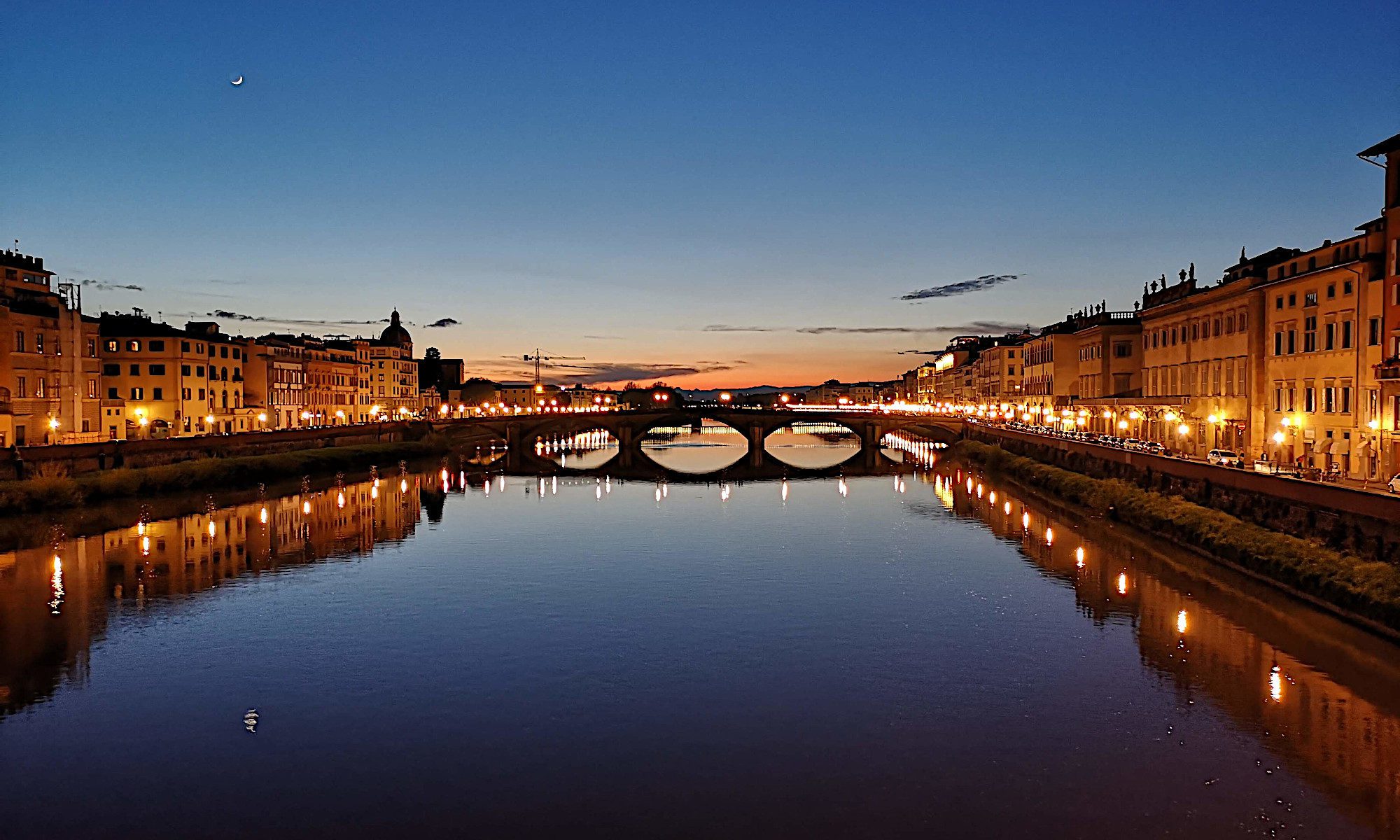
From National Geographic: “A young woman is swept from her home into a foreign, enchanted world. Her captor is no mere mortal, but a powerful and mystical fairy or beast. So begins the odyssey of Feyre, the protagonist of Sarah J. Maas’s bestselling A Court of Thorns and Roses, a sprawling epic that currently spans five novels. The series has made Romantasy, a blending of romance and fantasy, a fixture on social media where readers gush about favorite characters and share elaborate fan theories. Fans lovingly refer to it as “faerie smut,” using Maas’s consciously archaic spelling, and it draws on centuries-old material with timeless appeal. Maas’s most notable source is The Ballad of Tam Lin, a Scottish ballad that dates to as early as the 16th century, and her most obvious nod to the ballad is in one of her main characters, a love interest named Tamlin.”
In the 19th century people in China, Vietnam, Korea and Japan used a single written language

From Wikipedia: “Literary Chinese was the medium of all formal writing in Vietnam for almost all of the country’s history until the early 20th century, when it was replaced by vernacular writing. The language was used in China, as well as in Korea and Japan, and used the same standard Chinese characters. It was used for official business, historical annals, fiction, verse, and scholarship. Literary Chinese was a style of writing modelled on the classics of the Warring States period and Han dynasty. It remained largely static while the various varieties of Chinese evolved and diverged to the point of mutual unintelligibility. The language enabled scholars from all of these countries to communicate in writing, in much the same way that Latin did in European countries.”
Note: This is a version of my When The Going Gets Weird newsletter, which I send out via Ghost, the open-source publishing platform. You can see other issues and sign up here.
Continue reading “Faerie smut is having a moment, just like it did in the 1500s”

























